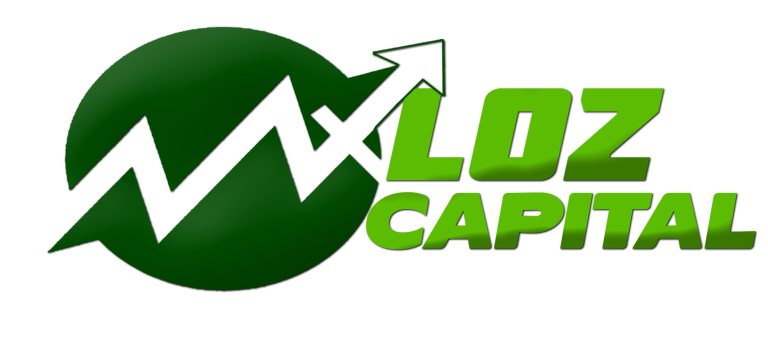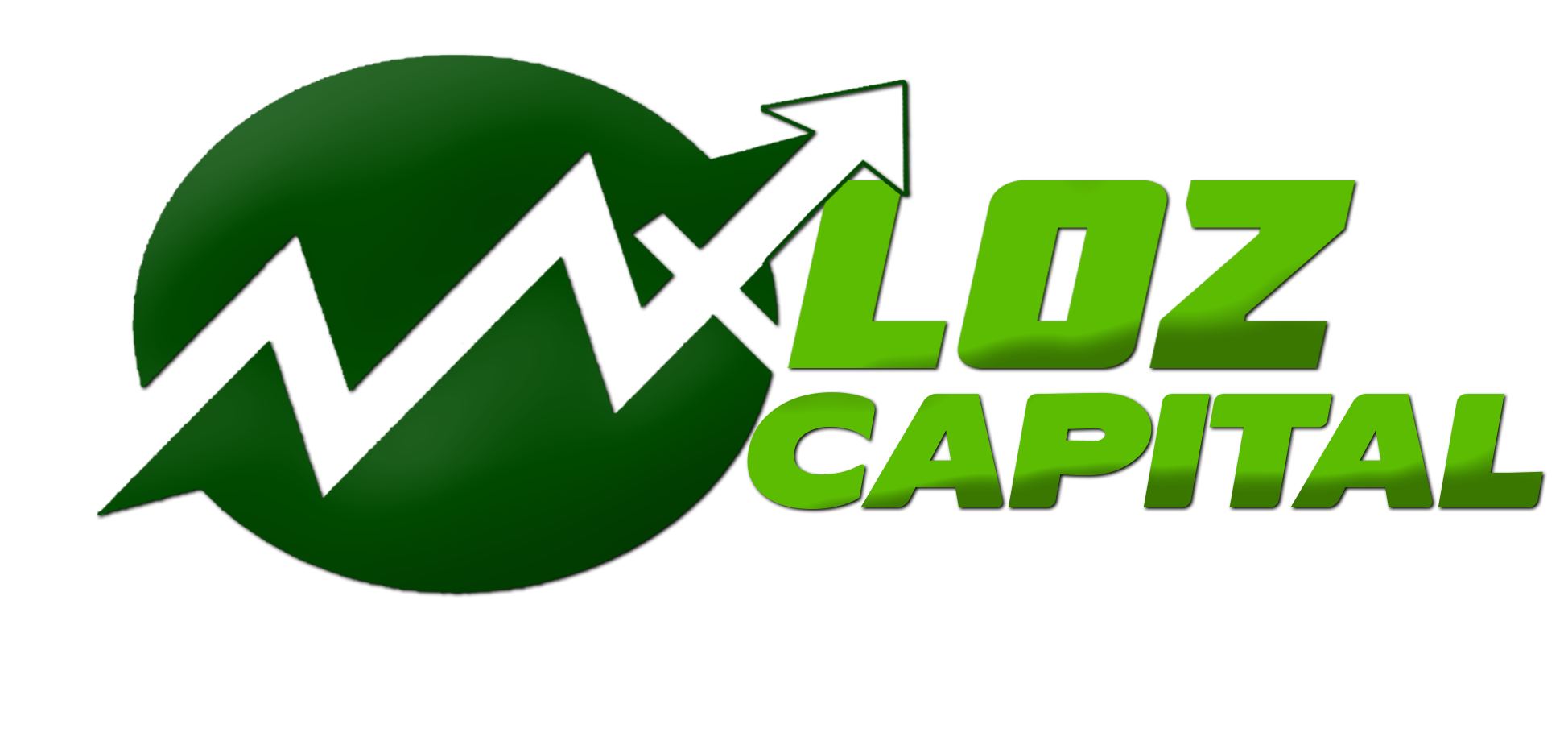About Us
MLC has the sole purpose of making our clients not just financially free, but also psychologically relaxed in the midst of obvious global economic turmoil.
investment Products
Social Media
Risk Reminder: Trading foreign exchange and/or contracts for differences on margin carries a high level of risk and may not be suitable for all investors. The possibility exists that you could sustain a loss in excess of your deposited funds. Before deciding to trade the products offered by Maxloz Capital. You should carefully consider your objectives, financial situation, needs and level of experience. You should be aware of all the risks associated with trading on margin. Maxloz Capital provides general advice that does not consider your objectives, financial situation or needs. The content of this Website must not be construed as personal advice. Maxloz Capital recommends you seek advice from a separate financial advisor.

